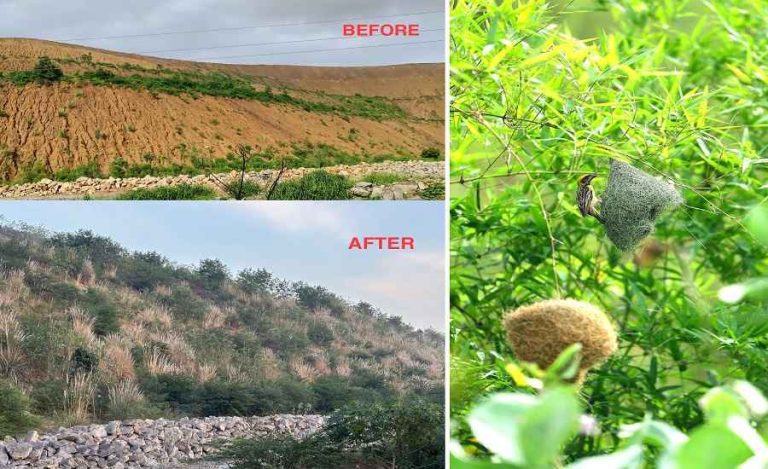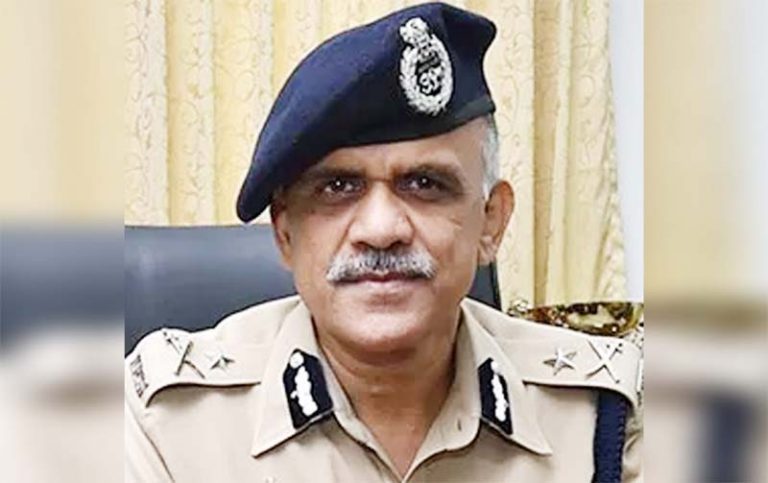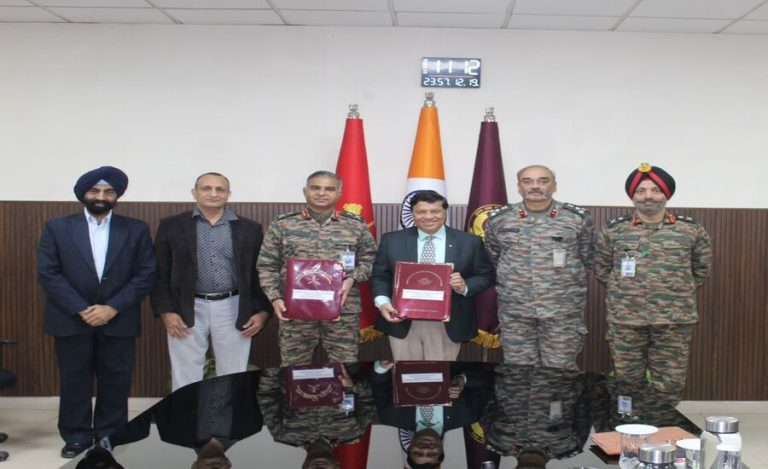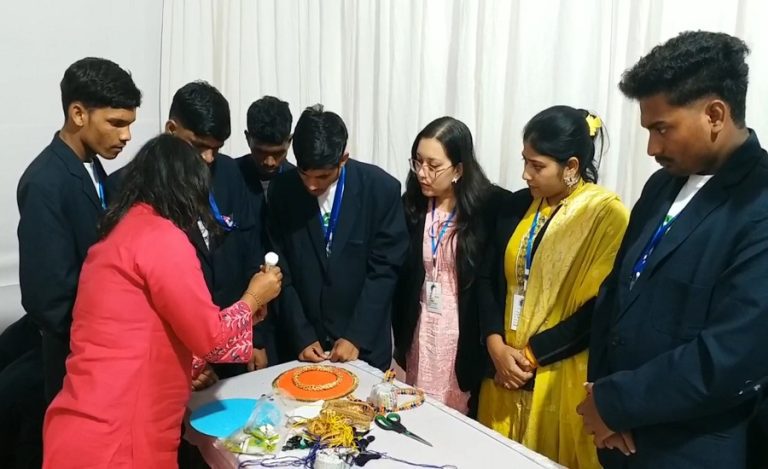For over two months, the terror of a tiger has gripped the dense forests of Rehmankheda and the surrounding regions of Kakori and Malihabad, located in the outskirts of Lucknow, the capital of Uttar Pradesh. Despite the relentless efforts of the forest department, this elusive tiger has managed to evade capture. Reports suggest that the beast has claimed the lives of 19 cattle, leaving the villagers in a state of constant fear. The shadow of this threat has disrupted their daily lives, as the once peaceful routine is now overshadowed by anxiety and uncertainty.
Read More: Tiger That Caused Panic in Lucknow’s Rehmankheda Area Finally Captured
Whenever the forest department discovers fresh tiger footprints, its teams spring into action, combing the area in an attempt to catch the elusive predator. Yet, the tiger manages to slip away every time. Most of its movements occur under the cover of darkness, with the animal taking refuge in the dense underbrush of the forest during the day. As night falls, the tiger ventures out from beneath the iron net that surrounds the forest, prowling through the nearby rural areas along the drain before retreating back into the thick foliage by dawn.
Despite the forest department’s efforts, including the use of four bait traps, the tiger remains at large. The challenges posed by the terrain – dense forests, lantana thickets, and a high canopy – make its capture increasingly difficult. However, the forest department has successfully mapped out the tiger’s movement routes, and tracking efforts continue with renewed focus.
Indian Masterminds did an in-depth report on this situation and also interacted with 2016 batch IFS officer Akash Deep Badhawan, who is the DFO of Barabanki and heading this rescue operation, as well as with 2019 batch IFS officer Sitanshu Pandey, DFO of Awadh Forest Division, Lucknow, to gain more insight into the operation, including the difficulties they are facing and when the tiger will be captured.
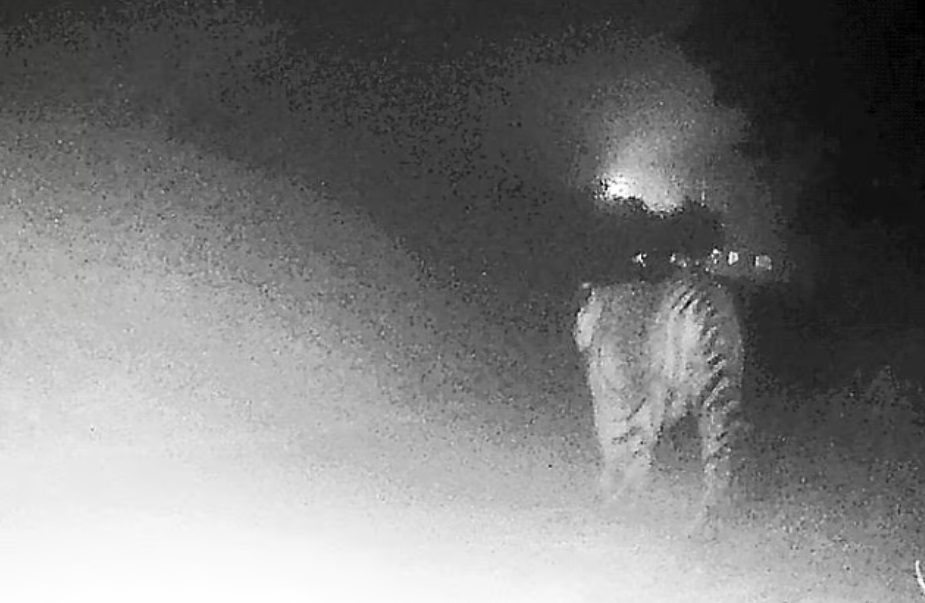
THE TIGER FEAR
The Rehmankhera forest, located in the Kakori area about 20 kilometers from Lucknow’s city center, has become the focal point of an intense tiger rescue operation. A temporary command center has been established on the campus of the Central Institute for Subtropical Horticulture (CISH), from where the operation is being closely monitored. The first reports of a tiger sighting came in the first week of December, prompting the Forest Department to quickly launch surveillance efforts after discovering pugmarks. Despite these initial actions, the fear of the tiger’s presence only grew.
For a while, it seemed to have vanished, and many believed it had retreated. However, two weeks ago, the unmistakable roar of the tiger echoed through the forest, signaling its return and forcing the Forest Department to go into mission mode. At present, the department’s primary focus is on tracking and capturing the tiger by luring it with open bait.
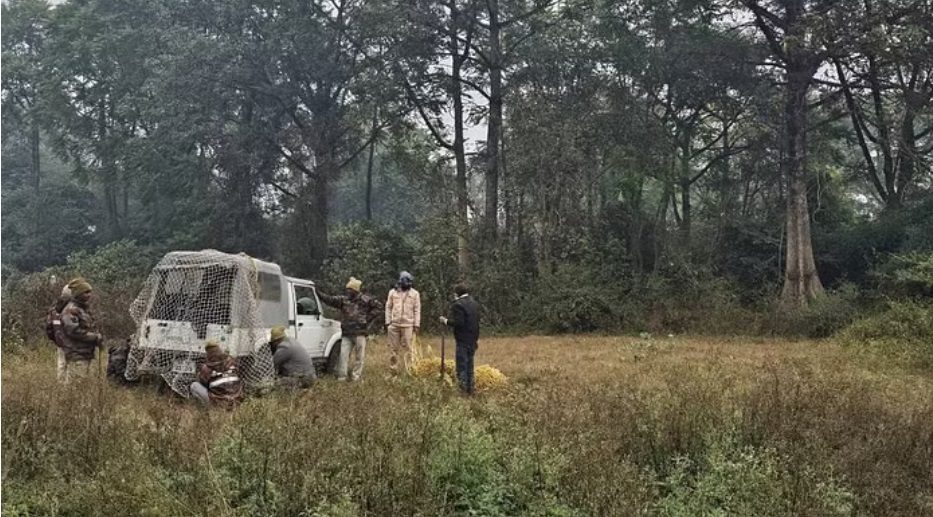
RESCUE OPERATION
Nine teams have been deployed for the operation, working in three shifts to ensure continuous monitoring. A total of 32 camera traps and 7 CCTV cameras have been installed to provide live surveillance. In addition, three thermal drones are being utilized to assist in tracking the tiger. To further aid in the search, two female elephants, Sulochana and Diana, have been brought in from Dudhwa. These elephants are proving invaluable in locating the tiger, as the plan to tranquilize it will only be attempted during daylight hours.
Sitanshu Pandey explained, “We are employing a combination of camera traps, trapping cages, thermal drones, and other available resources to track and rescue the tiger. The entire area has been divided into three zones: Zone 1 – CISH Campus, Zone 2 – Meetha Nagar Area, and Zone 3 – Duggauli. The goal is to localize the tiger within these zones, preventing it from straying further and minimizing the risk of man-animal conflict.”

WHY THIS TIGER IS HERE
Amid all the efforts, one of the biggest questions remains: how did this tiger end up so close to the capital, and why is it still here? Responding to this, Sitanshu explained that it’s difficult to pinpoint exactly where the tiger has come from. It could have traveled from Pilibhit or even from Dudhwa. Tigers are known to cover distances of 30 to 35 kilometers in a single day, often traveling along riverbanks and streams, moving through different areas and forests. Whether it stays in a new territory depends on whether it finds a suitable space. If the tiger feels secure and marks its territory, it will settle there. But if it’s unable to establish its territory, it can roam elsewhere.
As for why the tiger remains in this area, Sitanshu added that the region offers a high prey density, making it an ideal habitat. The forest here is dense, with a strong prey base that includes wild boars, Nilgai, and other animals. Additionally, the area has over 90% canopy density, which makes it nearly impossible to track the tiger using drones. Given the abundance of food and the perfect environment, the tiger has chosen to stay in this area.
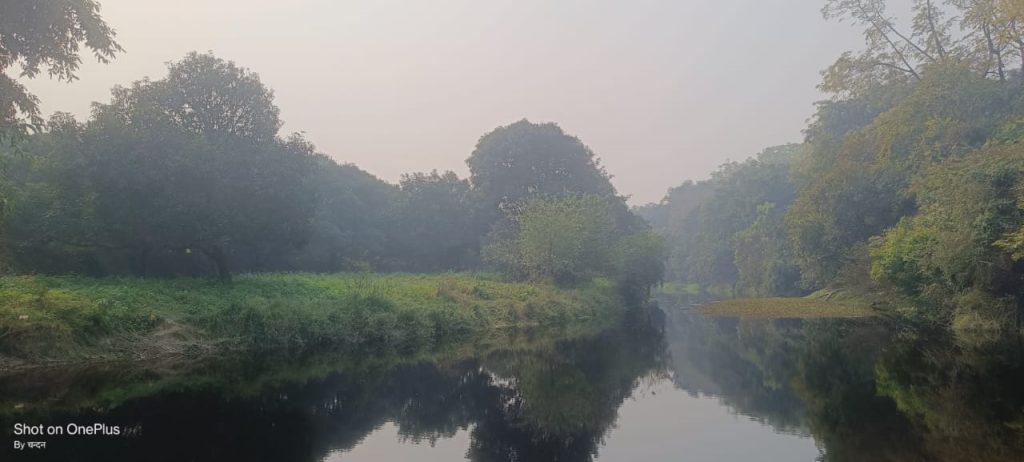
PROBLEMS IN THE RESCUE OPERATION
Why is it taking so long to catch the tiger? In response to this question posed by Indian Masterminds, most of the officers pointed to the dense forest and difficult terrain as the primary challenges. Sitanshu explained that the terrain in this forest is uneven and undulating, which makes tracking the tiger difficult. The area around Behta Nala, a distributary of the Gomti River, is where the tiger has been mostly sighted, but it’s particularly challenging to comb this region. Elephants have difficulty navigating the area, and the more than 90% canopy density further complicates matters. The dense tree cover makes it nearly impossible to track the tiger, even with drones. Additionally, the tiger moves mostly at night, and visibility during these hours is extremely poor. Fog has added another layer of difficulty, making the search even more strenuous.
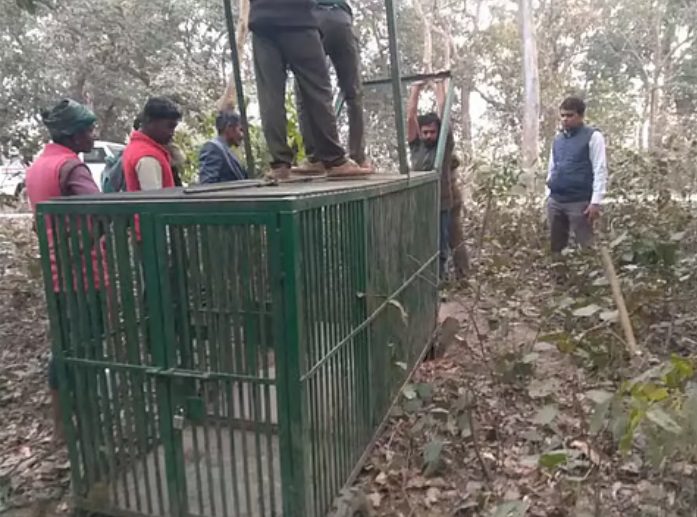
TACKLING CHALLENGES
To overcome the challenges posed by the terrain, a detailed tracking map has been created. Based on this map, the Forest Department has been strategically placing cages, nets, and traps to aid in the capture of the tiger. A team of three veterinary doctors is also part of the operation, ready to assist in tranquilizing the animal once it’s located. Additionally, experts from outside sources, including Dudhwa National Park, Pilibhit Tiger Reserve, Kanpur Zoo, and the Wildlife Institute of India, have been brought in to offer their expertise and guidance.
Sitanshu expressed optimism, saying, “Now that the weather is improving and the fog has cleared, the chances of successfully rescuing the tiger are significantly higher. We are hopeful that we can capture the animal as soon as possible.”

TIGER FRIENDS
Currently, the Forest Department is urging the public to exercise caution and stay safe. As part of an ongoing initiative, the department has been working with village heads and local residents, encouraging them to become ‘tiger friends.’ These individuals help raise awareness among the community and provide the department with valuable information about the tiger’s movements.

Additionally, two teams from the Forest Department are conducting public awareness campaigns every morning and evening, and regular announcements are being made to keep the public informed. Sitanshu emphasized, “We urge the villagers not to venture out before sunrise or after sunset, as this is the primary time the tiger is active. If it’s absolutely necessary to go out during these hours, it’s important to go in a group, making noise and clapping. Tigers are generally shy creatures and will not approach people unless provoked.”






